Story by Graham Gauld
Photos by Centro Storico Fiat
For nearly twenty years I was a consultant to Fiat in Britain assisting the public relations department. One area was liaison with Fiat’s own historian, Antonio Amadelli, who, at the time, ran Fiat’s own small museum and large archives. Antonio was later to go on to become head of the Biscaretti Museum in Turin and his knowledge of Fiat was immense. Amongst other things I was able to add photos of their early Grand Prix cars to my archive and Editor Pete suggested we share some of these with comments on the background to the photos.
The first Fiat model to take part in mild competition was the 1901 8HP road car but it was superseded immediately by the first four-cylinder model, the 12 HP that same year and both models can be seen in the photograph below.

Note that the car in the foreground, the 8hp, had a tube radiator whereas the four cylinder was the first Fiat with a honeycomb radiator and was Fiat’s first custom-built race car. Appropriately Count Carlo Biscaretti di Ruffia was the driver of the racer.
One of the first truly International motor sport events was the Gordon Bennett Cup series which started in 1900 following an approach by James Gordon Bennett, the multi-millionaire owner of the New York Herald, to finance a series of races to bring cars from different countries together. It was run until 1905 when the Automobile Club of France, who were the international motor racing organizers, decided to form their own championship which was the first for Grand Prix cars.
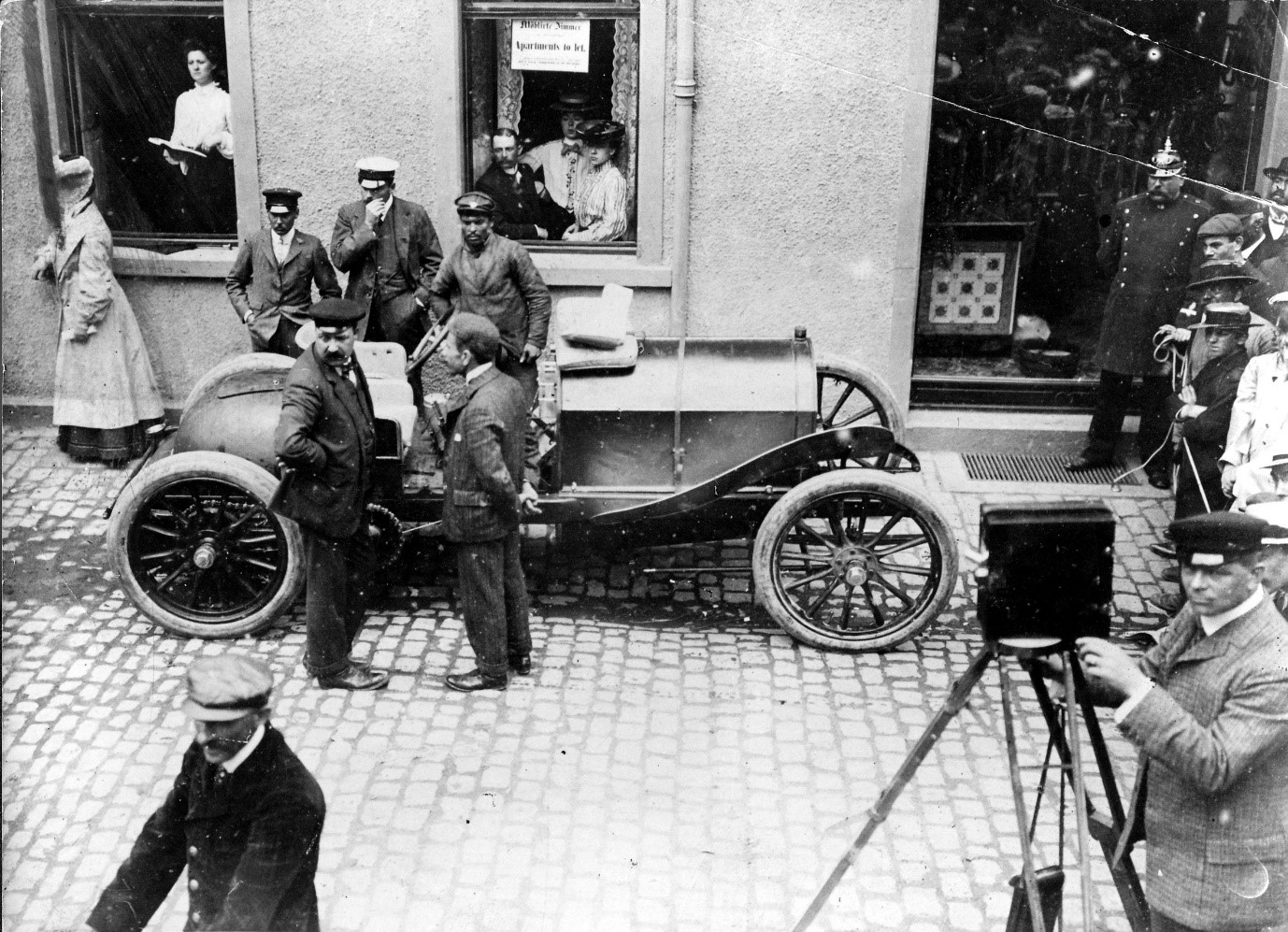
A classic photograph of Alessandro Cagno in front of his 1904 75HP Gordon Bennett Fiat that captures the turn of the century atmosphere of the event. Five of those models were built. (Centro Storico Fiat) Note the movie camera man.
Six Gordon Bennett Cup races were held and in the fifth, in 1904, Vincenzo Lancia won the sections from Brescia-Cremona and Mantua – Brescia at a remarkable average speed of 71.8 mph with his big 75HP Corsa and for this won the Italian Cup; but the outright winner was Léon Théry in a Richard-Brasier.
Felice Nazzaro, Superstar
Nowadays we talk of motor racing superstars like Michael Schumacher, Fernarndo Alonso, Lewis Hamilton and the like but one of the first true International motor racing stars was the Italian Felice Nazzaro. Throughout his racing career he was one of the most successful drivers and was always in the news.
Nazzaro joined the Ceriano company just before it merged with Fiat and although it is not well known, at the tender age of 19 he was made Senator Agnelli of Fiat’s personal chauffeur as well as becoming a factory driver in 1901 when he was not busy driving Senator Agnelli.
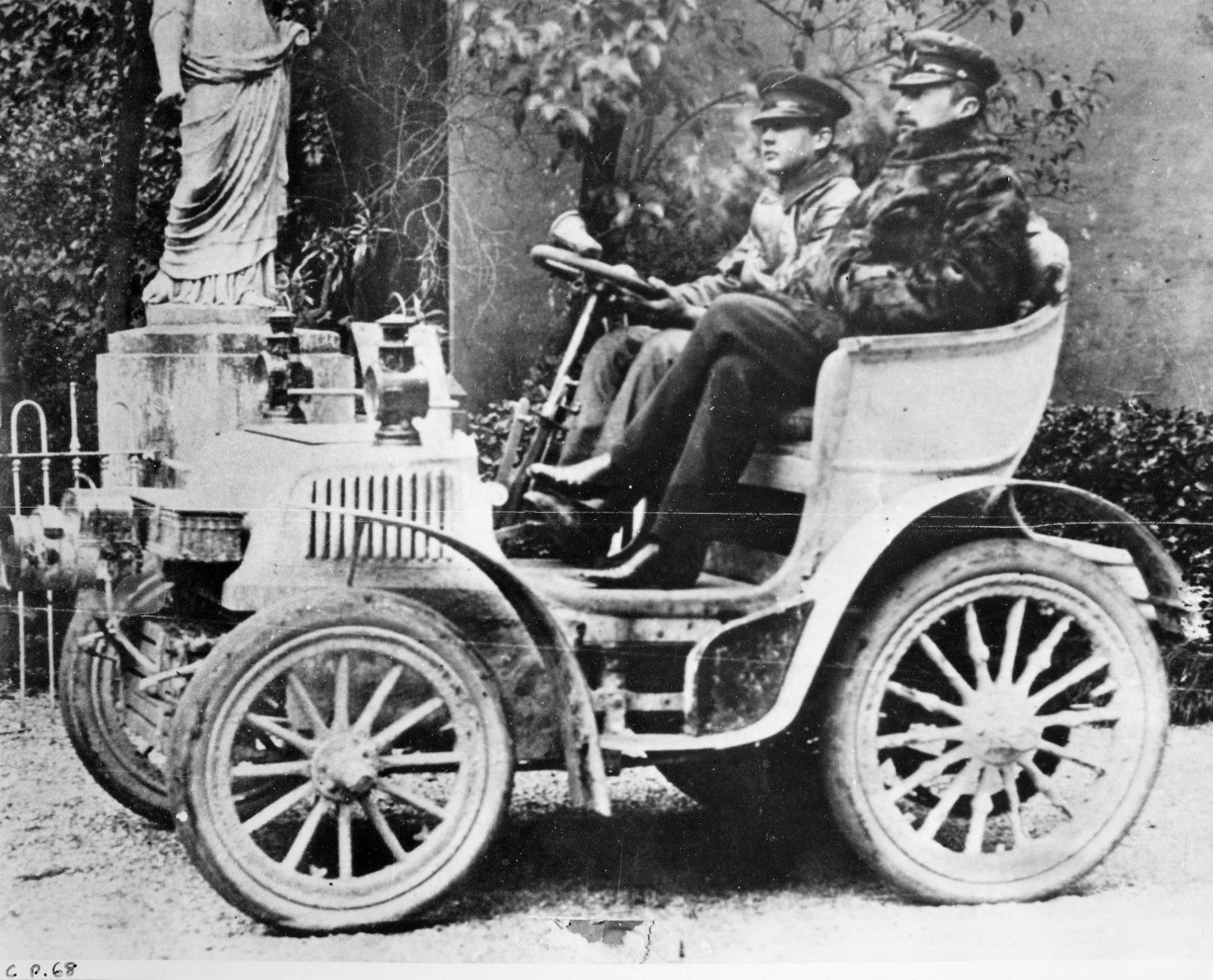
This very rare photograph from the Fiat archives shows Senator Agnelli posing in a 1901 Fiat 8 with his 19 year old chauffeur Felice Nazzaro. ( Centro Storico Fiat)
In 1907 Felice Nazzaro had one of his finest victories when he won the 1907 Targa Florio race ahead of his teammate Vincenzo Lancia, both of them racing 28-40 Corsa models which were 8 cylinder racers with two four cylinder engines in two pairs and a capacity of 7.3 liters.
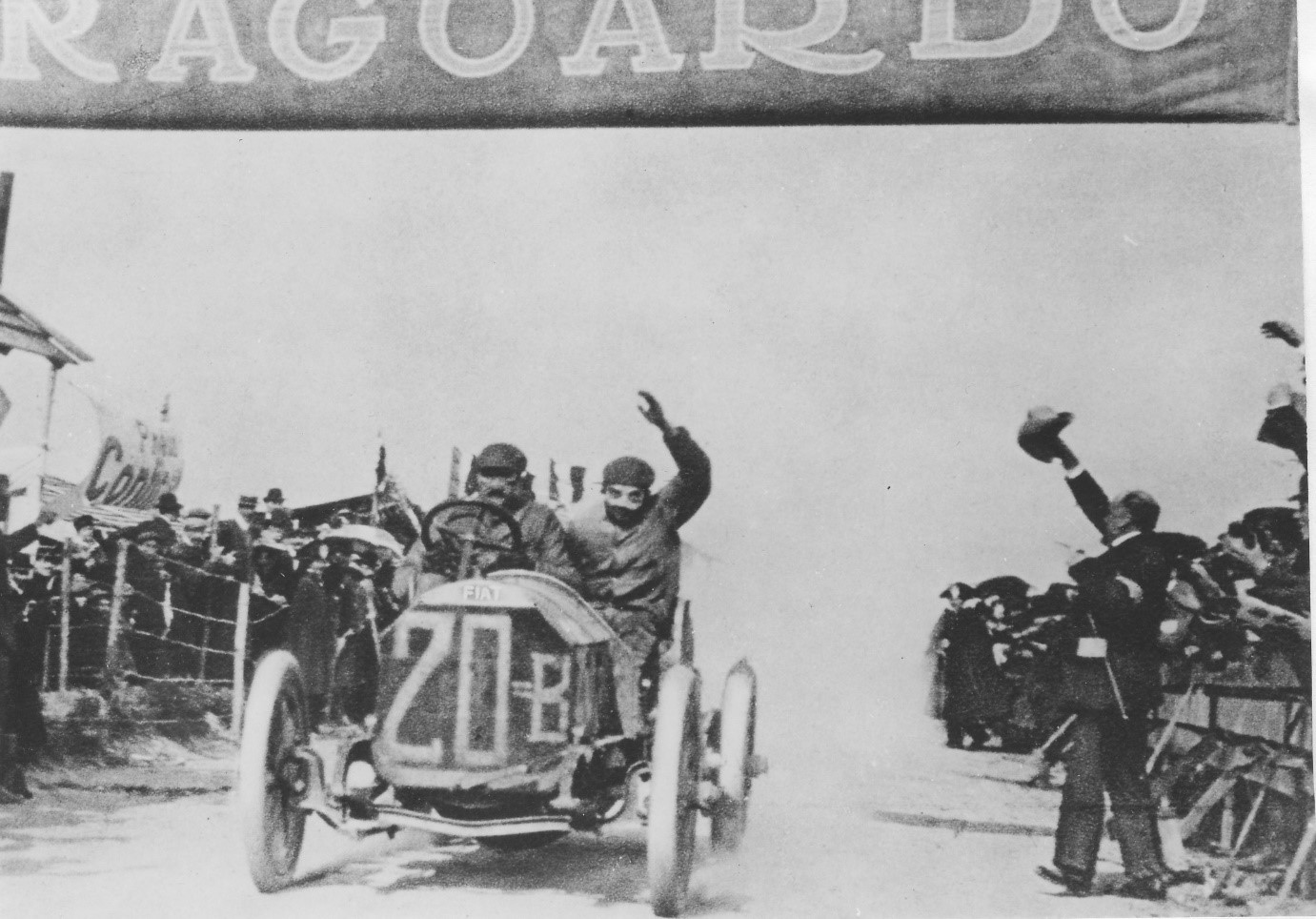
Nazzaro’s co-driver raises his hand in excitement as they win the 1907 Targa Florio at an average speed of 33.5 mph. (Photo Centro Storico Fiat).
The photograph below shows Felice Nazzaro in the 1908 S.B.4 Corsa with its 18.3 liter engine that produced 175 bhp at 1,200 rpm and was used by Nazzaro at Brooklands in England to beat Frank Newton’s Napier and set an average speed of 119.9 mph round the banked track. Fiat in England were so delighted with this they organized a race at Brooklands for Fiat Tipo yellow and black taxicabs that were popular in London at the time.
What is interesting is that this is the actual car, the Italians called “Mephistopheles”, that was later to be much modified and fitted with an aircraft engine as will be seen in the second of these articles.

Felice Nazzaro in “Mephistopheles” in the form it ran at Brooklands in England. (Photo Centro Storico Fiat)
The stroke of the engine was the longest on record for a car at 250mm or 9.67 inches. At Long Island in 1912 it averaged 180.12 mph over a measured mile. It was originally taken to Brooklands in 1911 where Piero Bordino found it only reached 111 mph so they took it to Saltburn sands and improved to 116 mph before it sank into the sand. They had to wait until the following year for it to record 180 mph. As one writer wrote of the car, “The crew, of necessity, sat high: had the mechanic tried to look ‘round’ and not ‘over’ the engine as he would have been fried alive by the crude stub exhausts on the near side of the engine.”
Finally, in this part of the story, the Fiat S57A/14B Corsa the car that arrived on the scene just as WW I began. It was specifically built to run in the 1914 French Grand Prix held at Lyons in France and had a 4.49cc four-cylinder engine claimed to give out 135 bhp. The engine inherited its monobloc engine from the 50 series cars and incorporated a single overhead camshaft from the S61 and S74. By now Felice Nazzaro had gone out on his own and built his own Nazzaro Grand Prix car and entered three of them for the race. Fiat also entered three cars, for Cagno, Fagano and Scales. In the race, however, the Mercedes and Peugeots were much quicker than the Fiats yet Mercedes claimed only 115 bhp and the Fiats were 4 mph slower than the Mercedes in the race itself. After five laps Sailer’s Mercedes was already 8 minutes 40 seconds ahead of the highest placed Fiat, Fagnano in 9th place. In the end there were just 11 finishers with Fagnano in eleventh place.
After WW1 ended in 1918 Italy came back into motor sport with the Parma-Poggio race of 1919 where Fiat originally entered one of their 1914 S57A/14B Corsa’s that had run in Lyons but substantially changed from its 1914 trim and now with a 4.8 liter engine. Then they withdrew the entry and the son of a Milanese corn merchant called Antonio Ascari was able to persuade Fiat to sell him the car and he went out and won the race, and that began the legend of the Ascari family.
He then took it to the Targa Florio but crashed and retired. Another driver who retired in that race was a certain Enzo Ferrari in an Isotta Fraschini but that is another story. Remarkably, in the Fiat archives, I found the above photograph of Antonio Ascari at the wheel of the Fiat S57A/14B Corsa before the start of the Parma Poggio event.
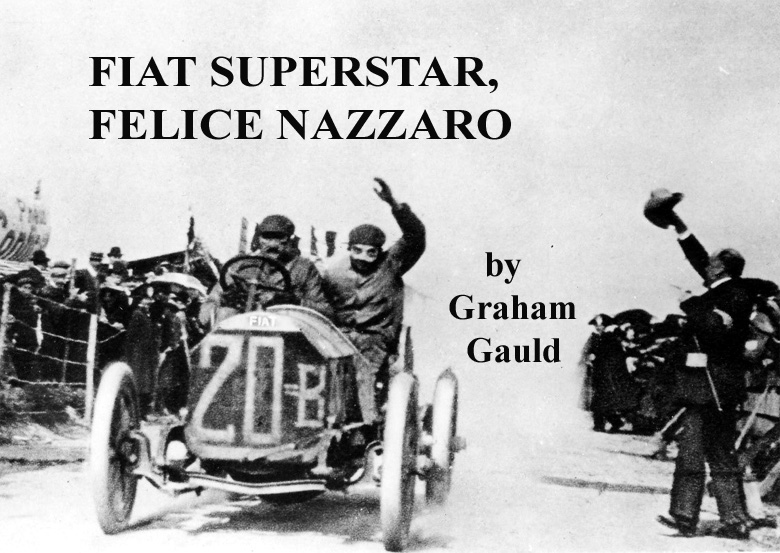
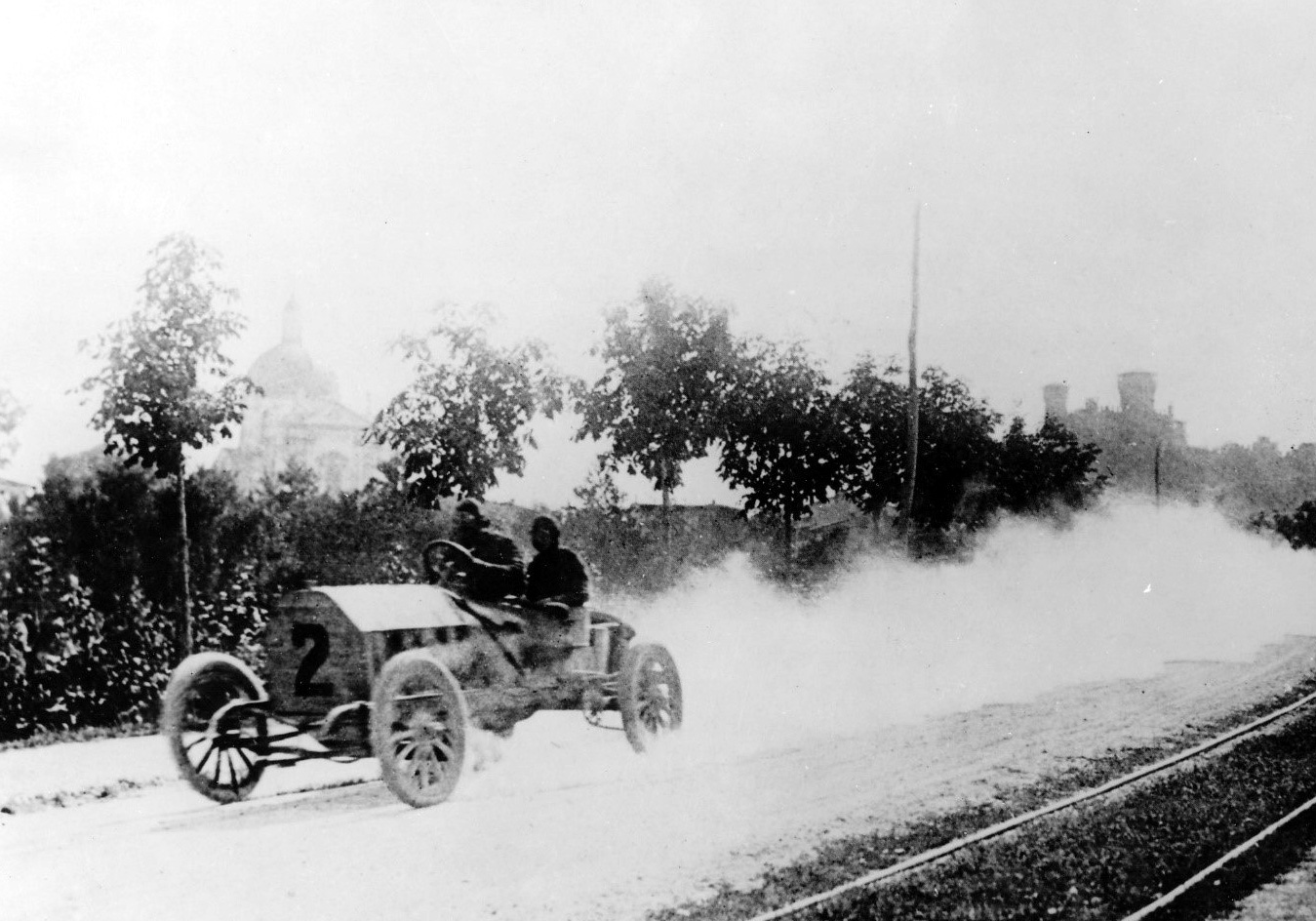
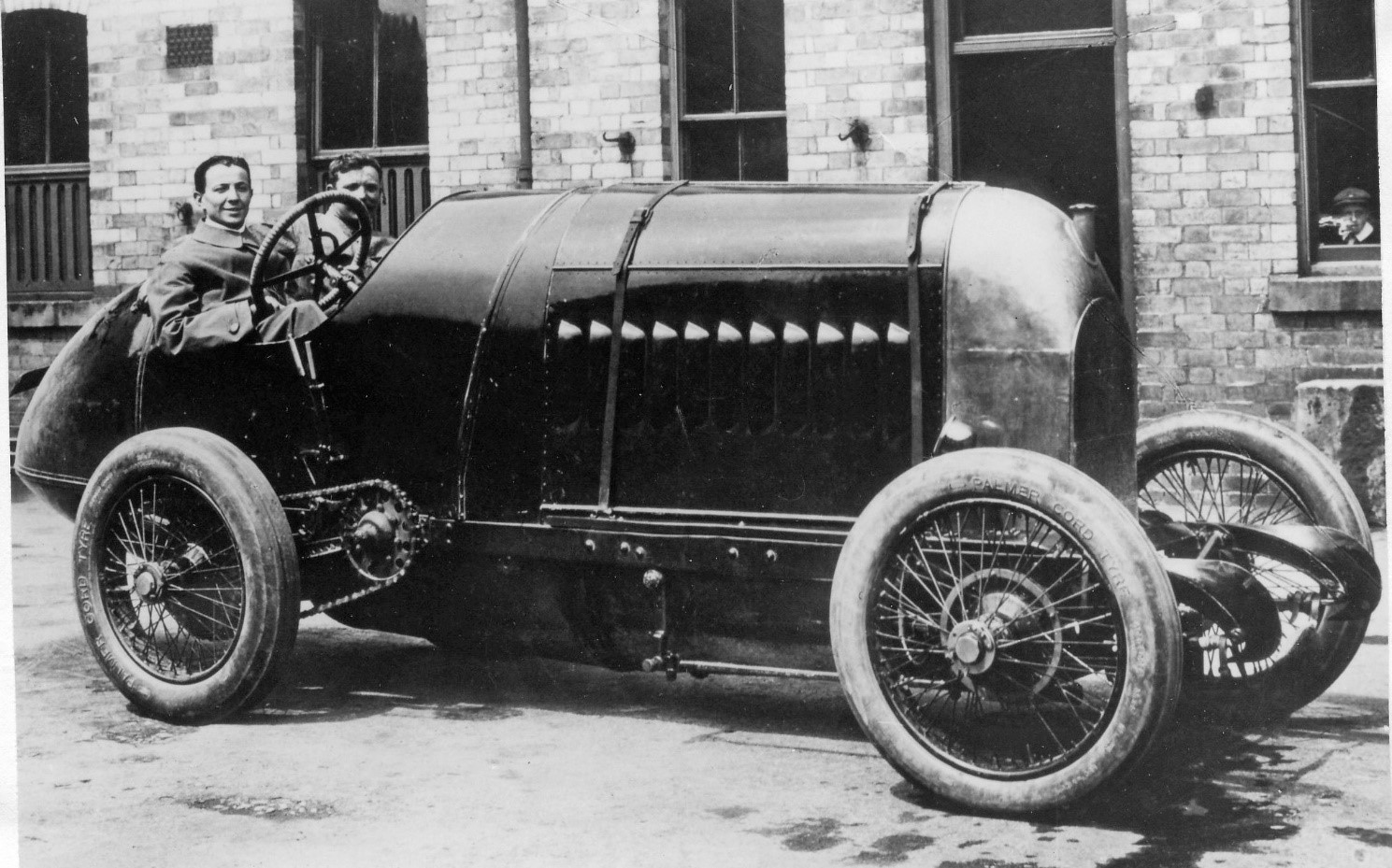
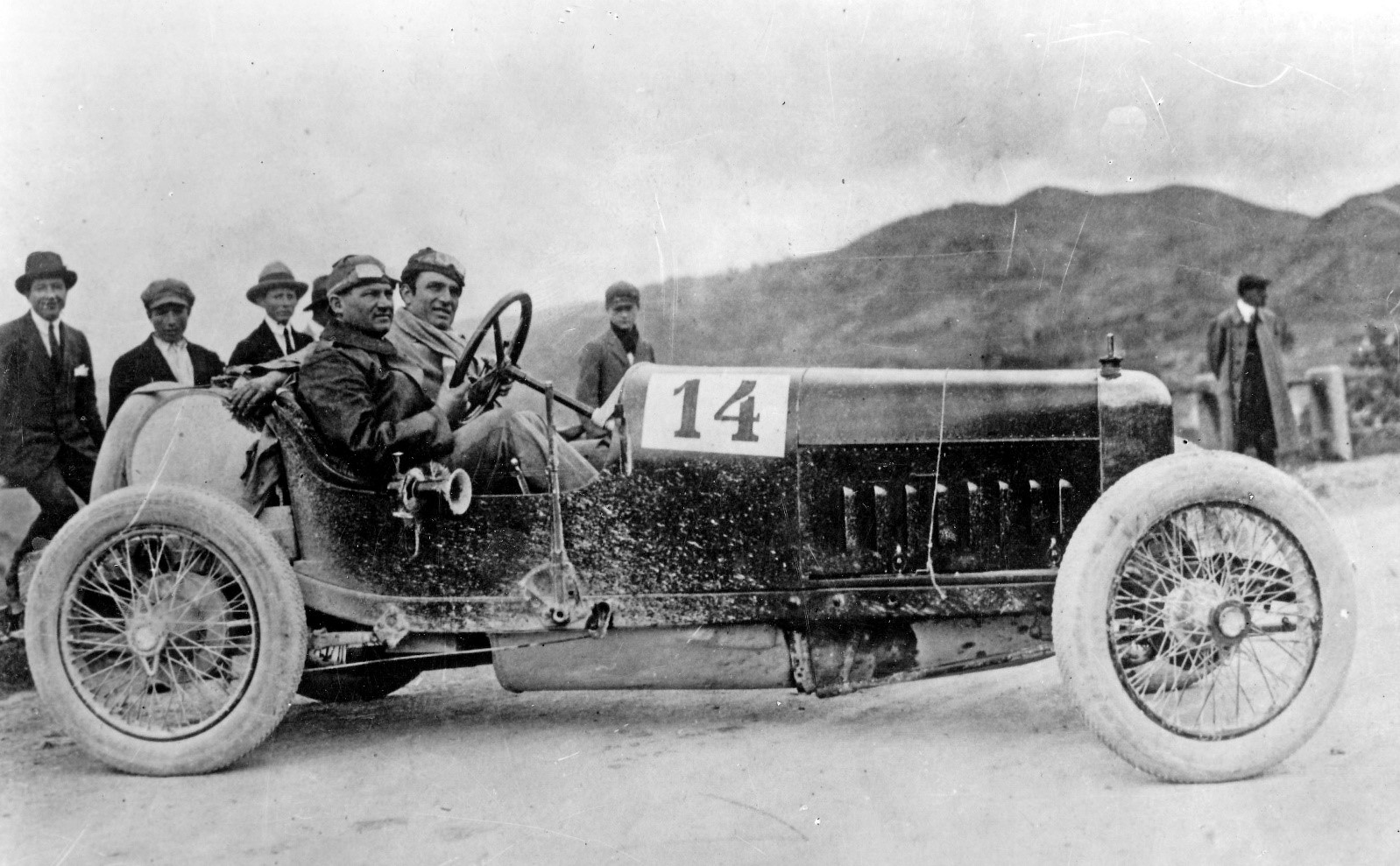
Wonderful historic pictures !!